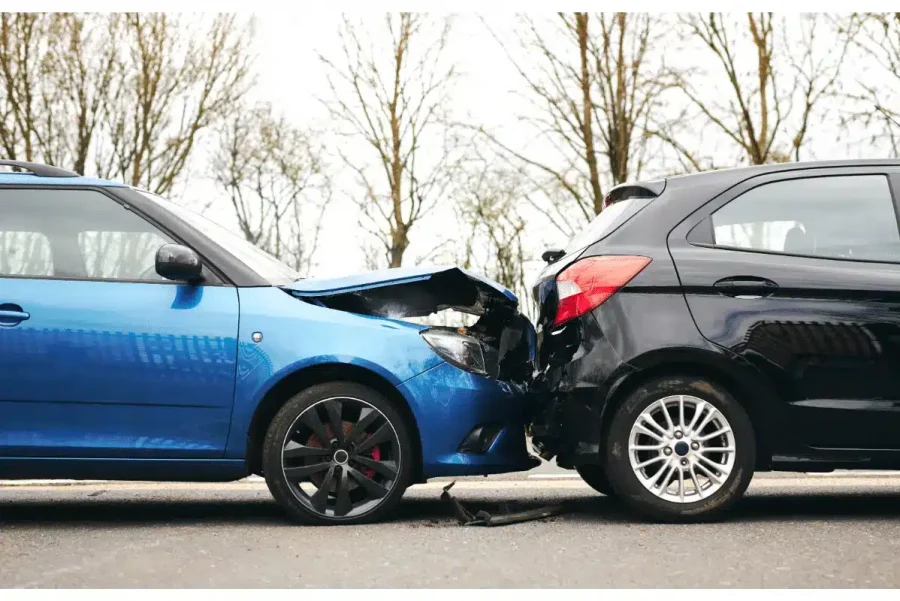Few things are more stressful or unnerving for parents than handing the car keys over to a teenage driver. There is a good reason for concern: The New York State Department of Health reports that teenagers are more likely to be involved in car accidents than any other drivers.
Motor vehicle accidents are the leading cause of death and catastrophic injuries for 16- and 17-year-olds in New York. Not only do teenagers lack experience, but they are more likely to take ill-advised risks. As a parent, there are proactive steps that you can take to make your child a safe driver.
Four Tips to Help Ensure That Your Teen Is a Safe Driver
Tip #1: Practice, Practice, Practice
Not all teen driver accidents happen because of irresponsible or reckless behavior on the part of the young person. Quite the contrary; the National Highway Traffic Safety Administration (NHTSA) notes that inexperience is the number one reason why teenagers get into accidents. Teen drivers need an opportunity to practice and develop their skills in a safe and low-risk environment. You should practice driving with your teenager as much as possible.
Tip #2: Consider Supplemental Driving Education
Under New York state law, all drivers under the age of 18 are required to complete at least five hours of approved driver’s education classes. Beyond the minimum state requirements, it may also be a good idea to sign your teen driver up for a supplemental safety course. A professional educator can help to ensure that your teenager is a safe and knowledgeable driver.
Tip #3: Restrict Access (Hours, Bad Weather, Passengers, Etc.)
When a teenager gets a driver’s license, it does not mean that they get free rein over the vehicle. You can and should restrict your teen driver’s access until they have demonstrated skills, comprehension, and a commitment to safe driving. As a general rule, it is best to limit a teenager’s ability to drive at night and in poor weather conditions. Additionally, they should not be driving their friends around immediately after getting a license.
Tip #4: Texting and Driving Must Be Prevented
Teen drivers are especially susceptible to distractions. Texting while driving is extremely dangerous. You must take proactive steps to make sure that your teenager does not use their phone while behind the wheel. There are no exceptions. If you catch your teenager texting and driving—or engaging in any other type of reckless behavior—it is time to take away the keys. Remember, driving is a privilege, not a right.
Schedule a Free Consultation With an Auto Accident Attorney
At Richmond Vona, LLC, our car accident attorneys are passionate, results-focused advocates for victims and their family members. If your teenager was injured in a collision, we are more than ready to help you navigate the claims process. For a no cost, no obligation case evaluation, please contact our law office today. We serve people all over Western New York, including in Buffalo, Rochester, Geneseo, Canandaigua, Niagara Falls, and Gowanda.

